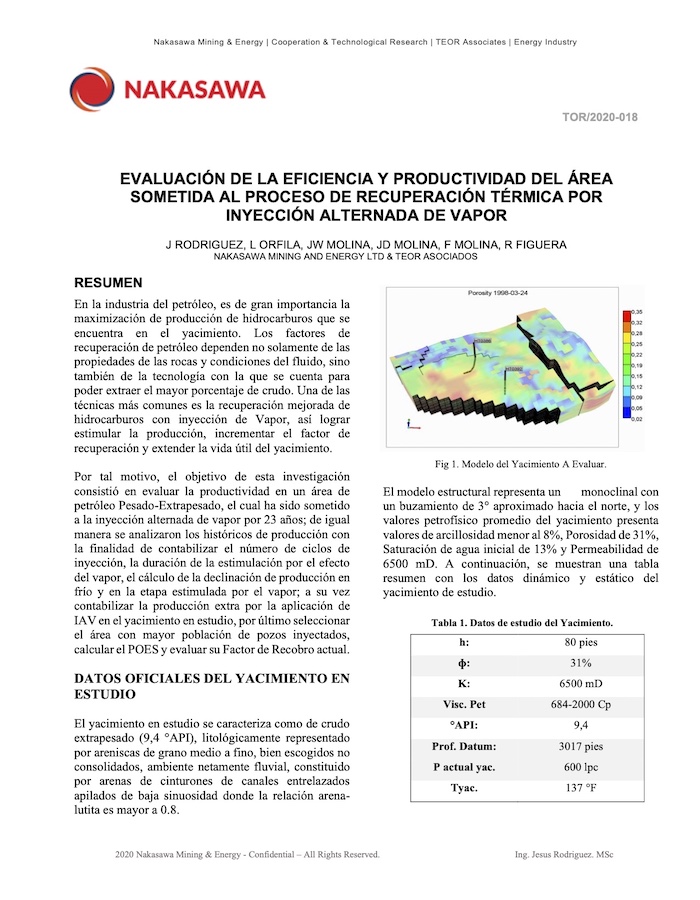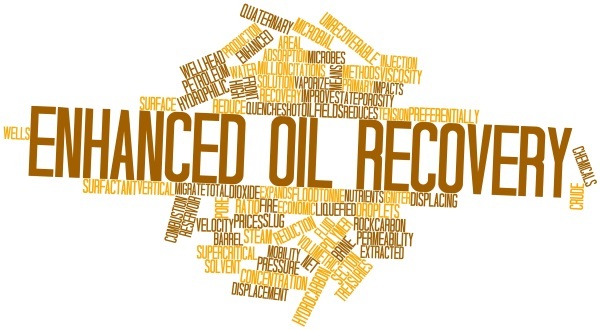EFICIENCIA Y PRODUCTIVIDAD DE RECUPERACIÓN TÉRMICA POR INYECCIÓN ALTERNADA DE VAPOR



Once a well has produced what it can via primary and secondary withdrawal methods, it’s time to move to enhanced oil recovery solutions and methods. This method also gets referred to as tertiary recovery methods and using them extracts between 30 to 60 percent of a reservoir’s original oil in place.
Move to enhanced oil recovery (EOR) methods after having exhausted the primary and secondary techniques. Use production methods in the following order:

While chemical techniques account for only about one percent of enhanced US production, gas injection comprises about 60 percent and thermal recovery accounts for 40 percent. Some production fields use more than one method, so the percentage equals greater than 100 percent.
California primarily uses thermal recovery. The injected steam lowers the viscosity of the oil, improving its ability to flow through the reservoir. Although all of the enhanced methods carry high costs, they remain the best available methods by which to continue well production.
Thermal methods work best in shallow oil wells, using cyclic steam stimulation (CSS) or steam assisted gravity drainage (SAGD). They help increase and ease flow in oil sands. They’ve proven effective in fields in Canada, China, Indonesia, Oman, United States, and Venezuela.
The future of thermal oil recovery centers on the thermal oil sands techniques and solar EOR. Thermal oil sands experienced expansion in 2015 and 2016, primarily in use in Canada. SAGD is now used in 75 percent of projects. While Chinese investments have slowed, and oil prices fluctuate, Canada alone has more than 160 projects under construction using the method.
The newest development in thermal, solar EOR uses solar panels to create the heat to produce steam. Canada also produces the best market for solar application. Thermal’s use in the US has declined. China, Indonesia, and Oman will continue to use the method in the coming decade.
Thermal continues as a go-to method for extracting oil reserves. It will continue to top the list of methods used to continue production after primary and secondary means have produced what they can.